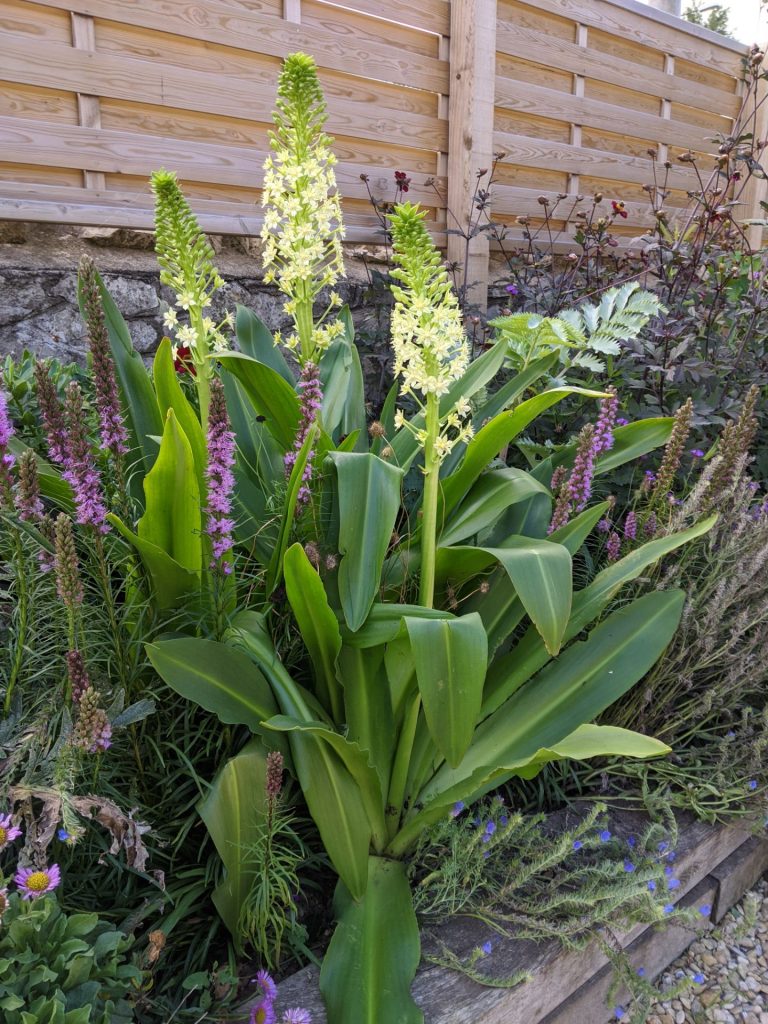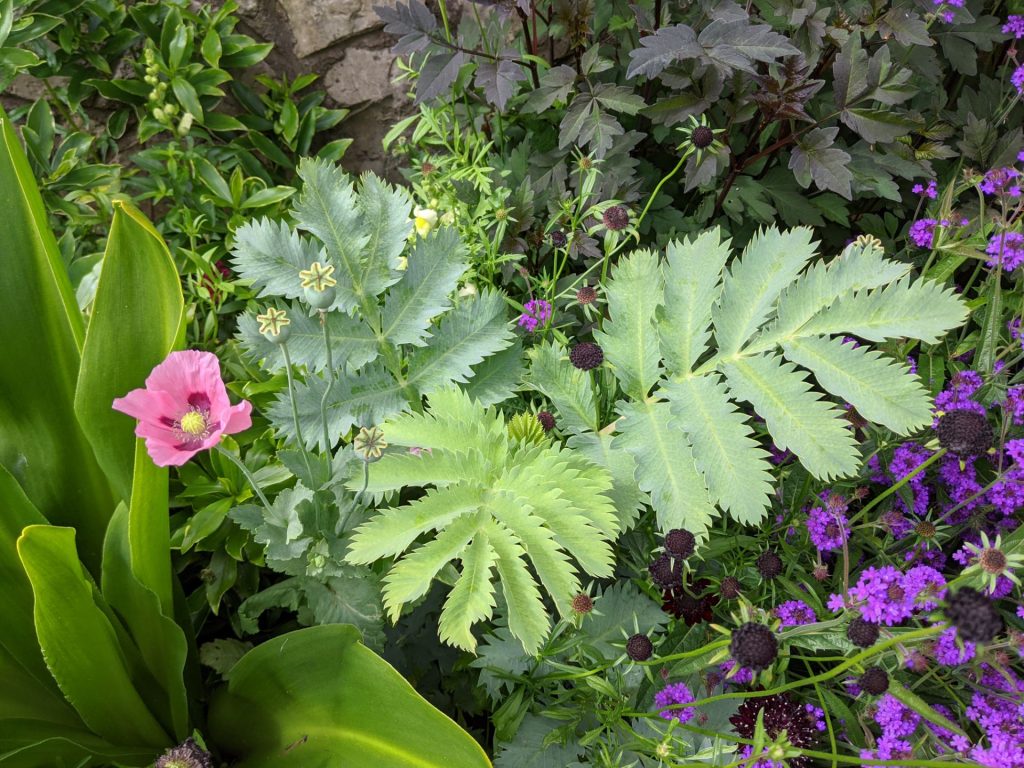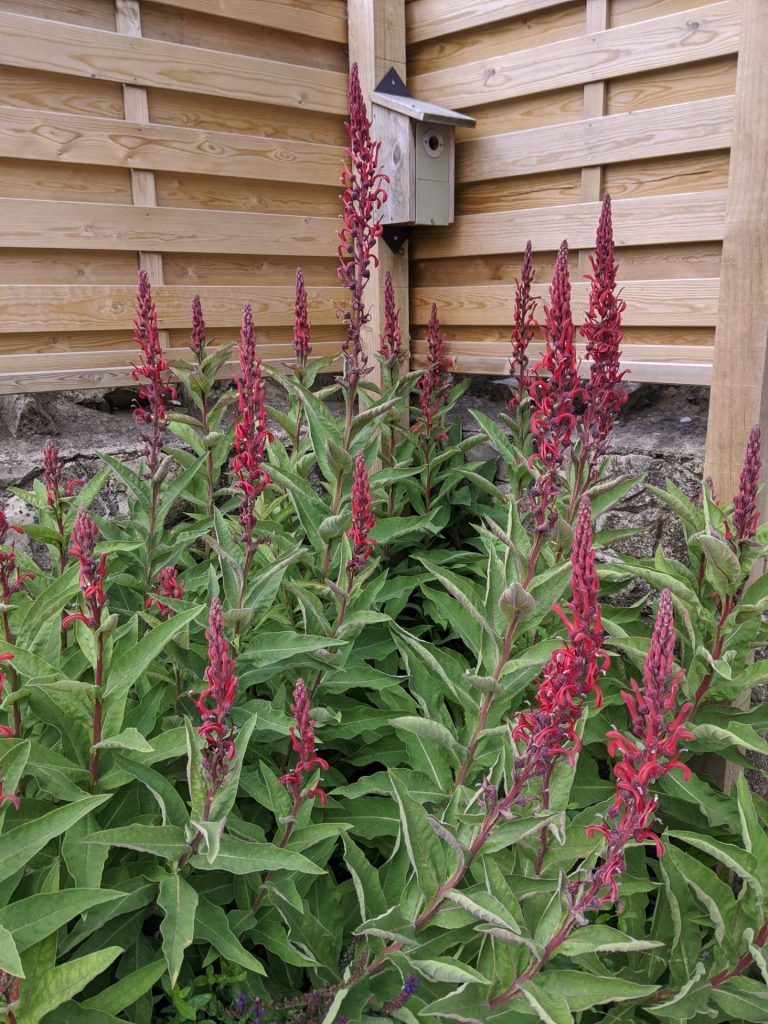Special series on Migration, Mobilities and the Environment, in association with the Cabot Institute for the Environment.
By Jane Memmott.
Migration can make you happy. When I see the first swifts arrive in the spring, I stop in my tracks and smile broadly at all and everyone. I have to restrain myself from telling people walking down the street that ‘they’ are back. Swifts are one of the wonders of the world – they make Concorde look clunky, they hurtle down streets in towns screaming wildly at dusk seemingly just for the fun of it, and scientists have calculated that the distance they fly over their lifetime is equivalent to flying to the moon and back seven times!

Migratory species like swifts have two homes and they are generally well regarded in both places. It’s a bit more touch and go whether alien species are welcome or not, and highly context dependent. For example, we deliberately introduce species from all around the world into our gardens without qualm – looking out the window onto my front garden, I’ve got honey bush and pineapple lilies from South Africa, dahlias from Mexico, a hebe from New Zealand, devil’s tobacco from Chile and foxgloves from seed collected down the road! In contrast, my local nature reserves are doing their best to remove rhododendron, cotoneaster and Himalayan balsam.
Context really is key here. Thus, gardens are grown for colour, relaxation, fruit, vegetables, and art (and I consider gardening as much of an art as a science) and they are highly managed and artificial habitats. In fact, they are increasingly considered as outdoor rooms in the media, and no one worries what countries their botanical furniture is from. In contrast, nature reserves are usually more natural settings where we want to capture natural patterns and processes, so there is an expectation that the species present should be native. And there is good evidence that while most alien species are harmless, some species (approximately 1%) can be very damaging to the environment and the economy.

Migration is about mobility, and mobility is a key part of the scientific process. Thus, universities are ecosystems which provide intellectual homes to academics from all over the world. My own department is home to scientists from Africa, Germany, Brazil, Switzerland, Brazil, Italy and China and those are just the people I’ve bumped into over the last few days. COVID has put a bit of a spanner in the works on the mobility front, but mobility is so key to business that academics have quickly found other ways to be mobile. For example, in my own research group, we have been running a large project in a remote part of Nepal entirely by Zoom for the last two years. But, by dint of the internet and some incredible UK staff and amazing project partners in Nepal, we have trained field staff in ten remote villages in the Himalayas to collect diet data for both bees and villagers, using protocols that would have been very new to them. The data is then uploaded by the field staff to the internet and arrives on the computers the other side of the world as if by magic.

Mobility is such a large part of a scientist’s life that when it goes wrong it can feel shocking. I’ve had two encounters with mobility of scientists being blocked, one involving myself, another a visiting scientist. Mine was, I suspect, a straightforward random immigration check, but it did leave me rather shaken. I was travelling to Canada for the first time and got taken out of the queue and then grilled for 30 minutes on the nature of my visit. I was giving a plenary talk at a conference and had fortunately remembered to print out my letter of invitation. Unfortunately, I hadn’t actually read it for six months and so I probably did sound a bit suspicious. They did eventually let me in and it was an excellent trip thereafter. The second time was when a restoration ecologist from Latin America, who was visiting my research group for six months, went to Spain with his family for a weekend and upon return his whole family was issued with deportation papers. There is something deeply shocking about seeing the hostile environment process in action, especially when mobility is simply part of normal academic interchange. After some high-level work by an international lawyer this too was fixed. Restoration ecology is much more of a long-term process, but the restoration of mobility was much faster in this instance, if a lot more stressful.

Migration and mobility are everyday events in the environment. They can be natural such as the return of swifts each year, or they can be assisted such as the reintroduction programmes for species that have become extinct in the UK. One of the biggest reintroduction success stories is the red kite, a bird that you are almost guaranteed to see now if you drive down the M4 motorway or look out of the train window from Didcot to London. These are big and very beautiful predatory birds – imagine a paprika coloured swallow with a 6ft wingspan! My last few Saturdays have been spent driving from Bristol to a hospital in Hampshire to visit a sick relative and one of the things that has made this less stressful is counting the red kites along the motorway. Last Saturday was a 12-kite day, my highest count yet.
To end, migration, mobility and the environment are inextricably linked. There is both natural and human assisted movement of species in the environment. Species can be both welcome and unwelcome depending on the context. It’s complicated, but it’s the everyday bread and butter of ecologists around the world. With alien plants bringing colour and bizazz to our gardens and swifts bringing happiness as they return to their second homes in the UK, there is a lot to like about migration and mobility in the environment.
Jane Memmott is Professor of Community Ecology in the School of Biological Sciences, University of Bristol. Her research interests include pollination ecology, invasion ecology, biological control and restoration ecology. In each case she considers how ecological networks can be used as a tool to answer environmental questions.
Images are all the author’s own.
Previous MMB blogposts on ecosystems and nonhuman migrations include ‘Creating hospitable environments – growth on the (de)Bordering plots’ by Paul Hurley and Charli Clark.

